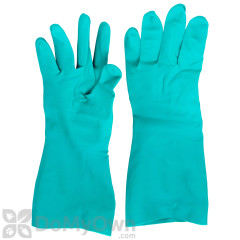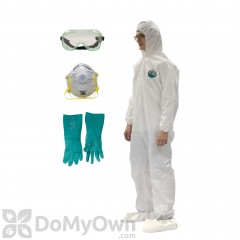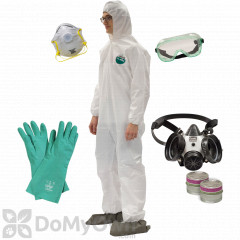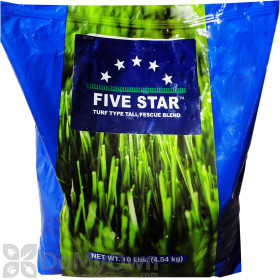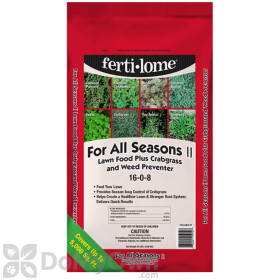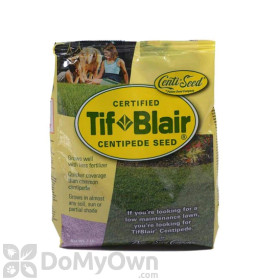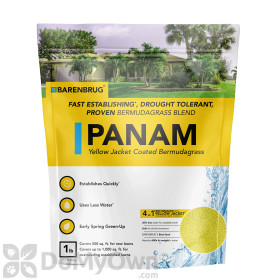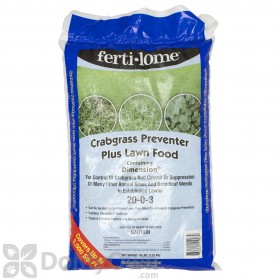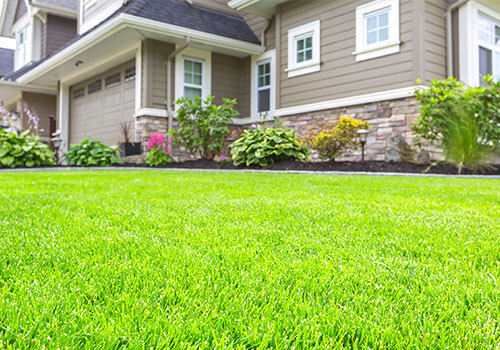
Why Identifying Your Grass Type Matters
Select the Right Lawn Care Products
Time Your Lawn Maintenance Schedule
- Cool-Season Grasses (like Fescues, Ryegrass, Kentucky Bluegrass, and Bentgrass) grow most vigorously in spring and fall, making those the best times for fertilization and overseeding.
- Warm-Season Grasses (like Bermuda, Zoysia, St. Augustine, and Centipede) thrive during summer and should be fertilized after soil temperatures consistently reach 65 F, typically in late spring.
Diagnose Lawn Problems Quickly
- Bermuda Grass is prone to spring dead spot, especially in poorly drained soils.
- Fescues and Ryegrass are susceptible to brown patch and dollar spot in humid conditions.
- Centipede may turn yellow from an iron deficiency if the soil pH is too high.
- St. Augustine frequently battles chinch bugs and gray leaf spot in warm, moist environments.

How to Find Your Grass Type
Region-Based Lawn Grass Identification
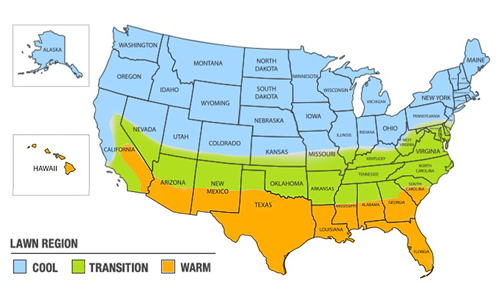
- Cool-Season Grass is best suited for the northern U.S., where winters are long and summers are mild. Cool-season grasses include:
- Fescues: Found across many northern and transition regions.
- Kentucky Bluegrass: Common in the Northeast and Midwest.
- Perennial Ryegrass: Often mixed with Bluegrass and Fescue for quick germination.
- Bentgrass: Typically used on golf courses or closely mown specialty lawns.
- Warm-Season Grass dominates the southern U.S., warm-season grasses include:
- Bermuda: Found in the Deep South and Southwest, tolerant of heat and drought.
- Zoysia: Popular in the Southeast and Southern Transition Zone, known for density.
- St. Augustine: Best for humid, coastal areas like Florida and Texas Gulf Coast.
- Centipede: Often used in the Southeast due to its low maintenance and low fertility needs.
- The Transition Zone (mid-Atlantic, southern Midwest) is a blended area. Both cool and warm season grasses may be used depending on the local climate and your individual lawn goals.
Visual Grass Blade Identification

- Bermuda Grass: Fine blades, dense runners, gray-green hue.
- Bentgrass: Very fine texture, light green, carpet-like growth.
- Centipede Grass: Light green, coarse texture, creeping growth.
- Fescue Grass (Tall): Dark green color, upright clumps, coarse blades.
- Kentucky Bluegrass: Soft, blue-green color, boat-shaped blade tips.
- Perennial Ryegrass: Glossy, narrow blades, dark green color, rapid growth.
- St. Augustine Grass: Medium to dark green color, broad, flat blades, thick mats, coarse and rough texture.
- Zoysia Grass: Thick, carpet-like with stiff blades, dark green color.
Utilize Lawn Identification Resources
How to Care for Your Lawn Grass
Cool-Season Grasses
- Fertilization: Apply nitrogen in early spring and fall. Avoid high-nitrogen fertilizers in summer to prevent stress. It's best to perform a soil test before fertilizing your lawn.
- Mowing: Keep the mowing height higher during summer to reduce heat stress. Maintain 2.5-4 inches depending on the species.
- Overseeding: Fall is the best time for overseeding to repair or thicken the lawn.
- Watering: Water 1-1.5 inches per week. Deep and infrequent watering encourages strong roots.
- Pest & Disease Watch: Monitor for brown patch, dollar spot, and grubs, especially during warm, humid conditions.
Warm-Season Grasses
- Fertilization: Start once soil temps reach 65 F. Apply nitrogen through summer but avoid heavy feeding in late fall. It's best to perform a soil test before fertilizing your lawn.
- Mowing: Mow lower than cool-season types, typically around 1-2 inches for Bermuda and Zoysia; 2.5-4 inches for St. Augustine and Centipede.
- Overseeding: Avoid overseeding, unless dormant seeding with rye in winter for green color.
- Watering: Water 1 inch per week during active growth. Increase during drought.
- Pest & Disease Watch: Monitor for chinch bugs, grubs, and leaf spot, especially during hot, humid, or drought-stressed conditions.
